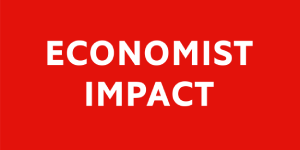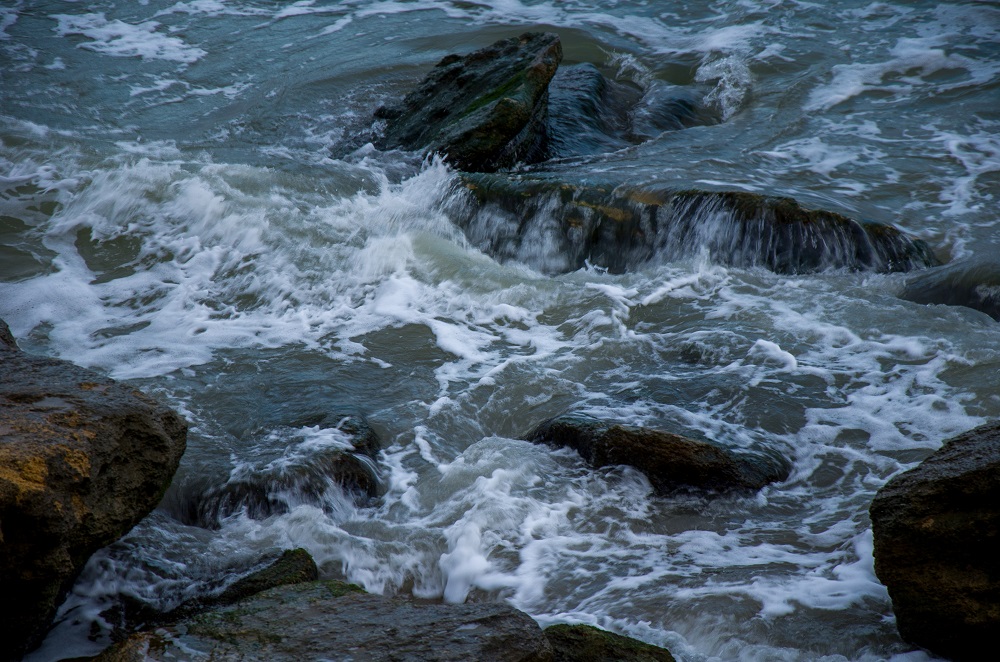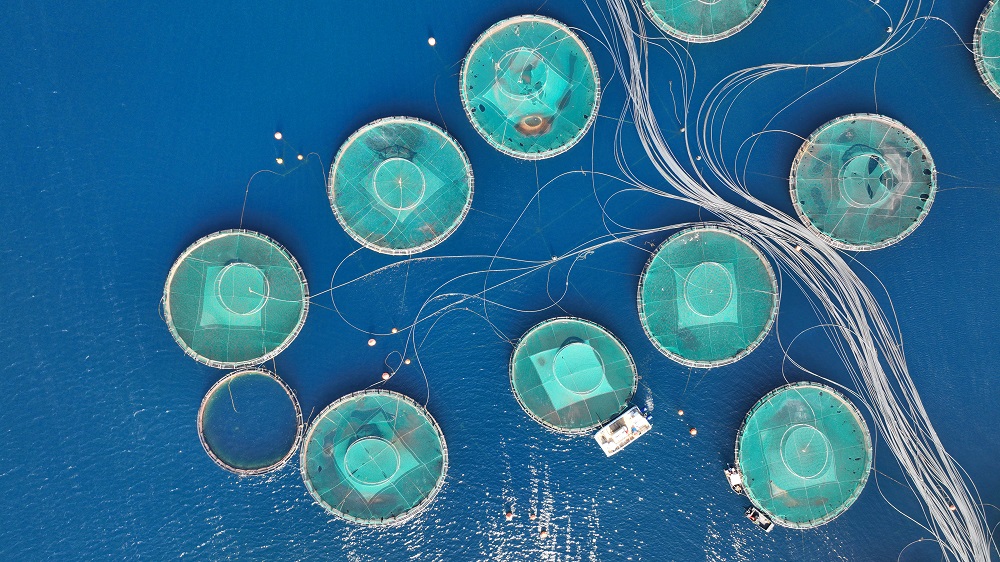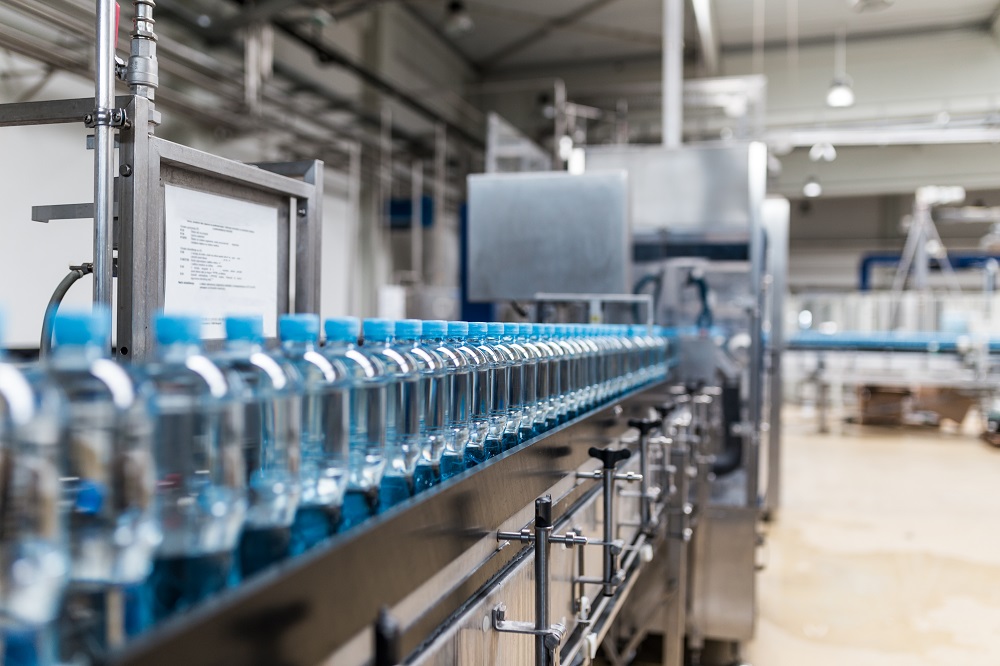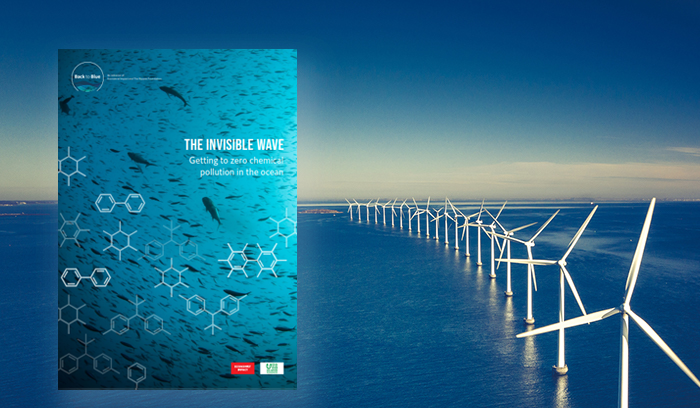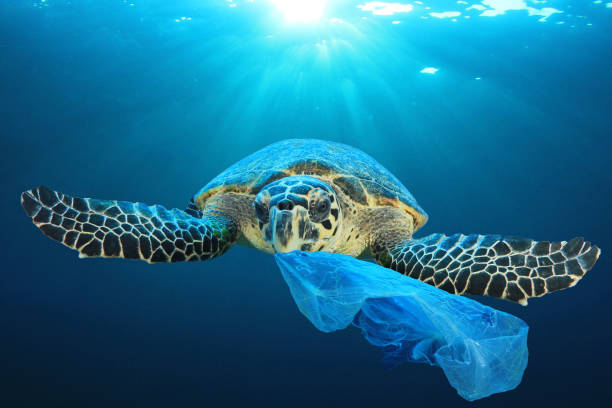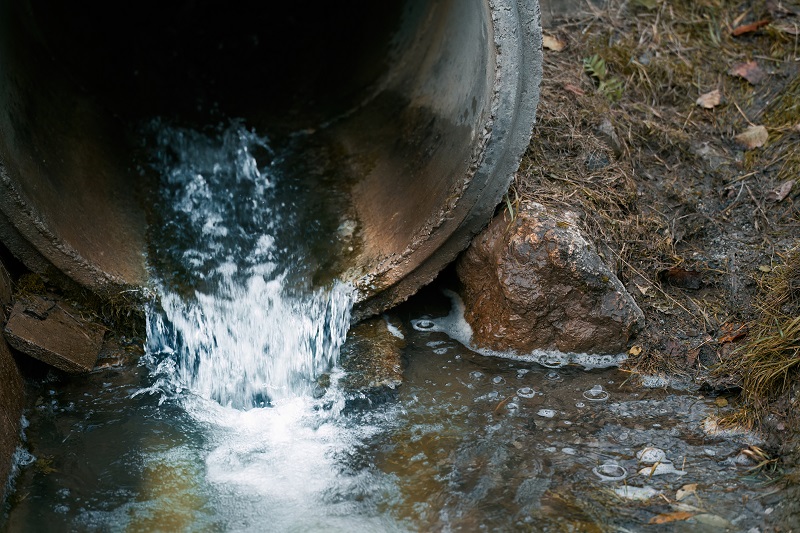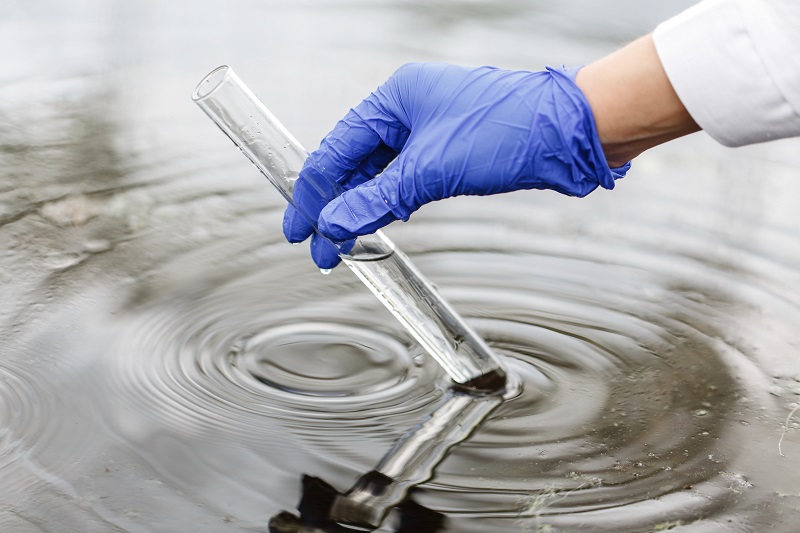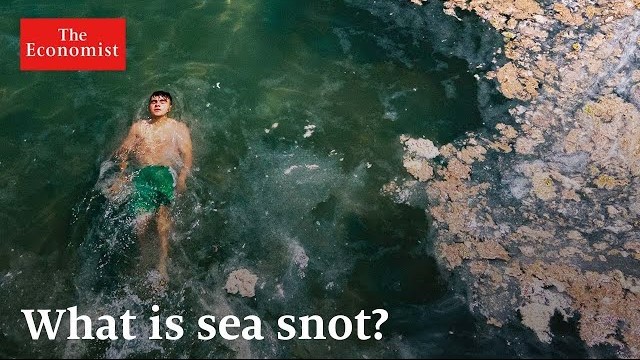
Research
MARINE CHEMICAL POLLUTIONChemical pollution of land, air, rivers, and watersheds has been a persistent issue for decades, occasionally prompting decisive action. However, only recently has the extent of chemical pollution become more evident. The Invisible Wave, published by Back to Blue in 2022, highlighted the problem of marine chemical pollution to policymakers, governments, the chemicals industry, the wider business community, the finance sector, civil society, and consumers. Now, A Global Ocean Free of the Harmful Impacts of Pollution: A Roadmap for Action, sets out a pathway to address it.
Report: The scourge of untreated wastewater
The scourge of untreated wastewater: The economic, environmental and human costs of inaction is a report written by Economist Impact for Back to Blue, an initiative of Economist Impact and The Nippon Foundation. The report is additionally supported by the Ocean Sewage Alliance. This is a pilot study intended to establish a foundation to more widely explore this issue in the future. Its broader purpose is to highlight the need for countries to reduce the discharge of inadequately treated domestic wastewater.
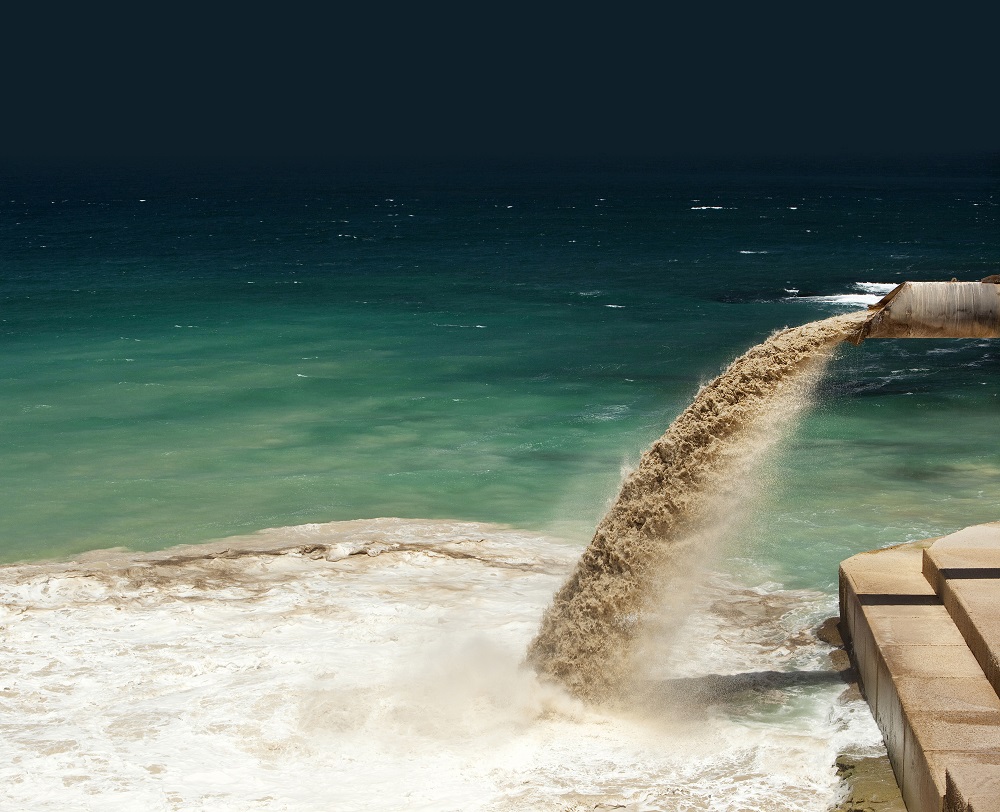
Infographic: Inaction on wastewater: The hidden costs to people and the planet
The ocean is the lifeblood of our planet, providing food, livelihood and oxygen for millions of people. Yet, untreated sewage is poisoning our seas, threatening marine ecosystems and directly impacting coastal economies. Every year, vast quantities of domestic wastewater—filled with bacteria, excess nutrients and harmful chemicals—flow untreated into rivers, lakes and the ocean. This pollution severely disrupts marine ecosystems, leading to dead zones, declining fish stocks and biodiversity loss, all of which threaten coastal communities and industries that depend on healthy oceans.

Addressing ocean pollution
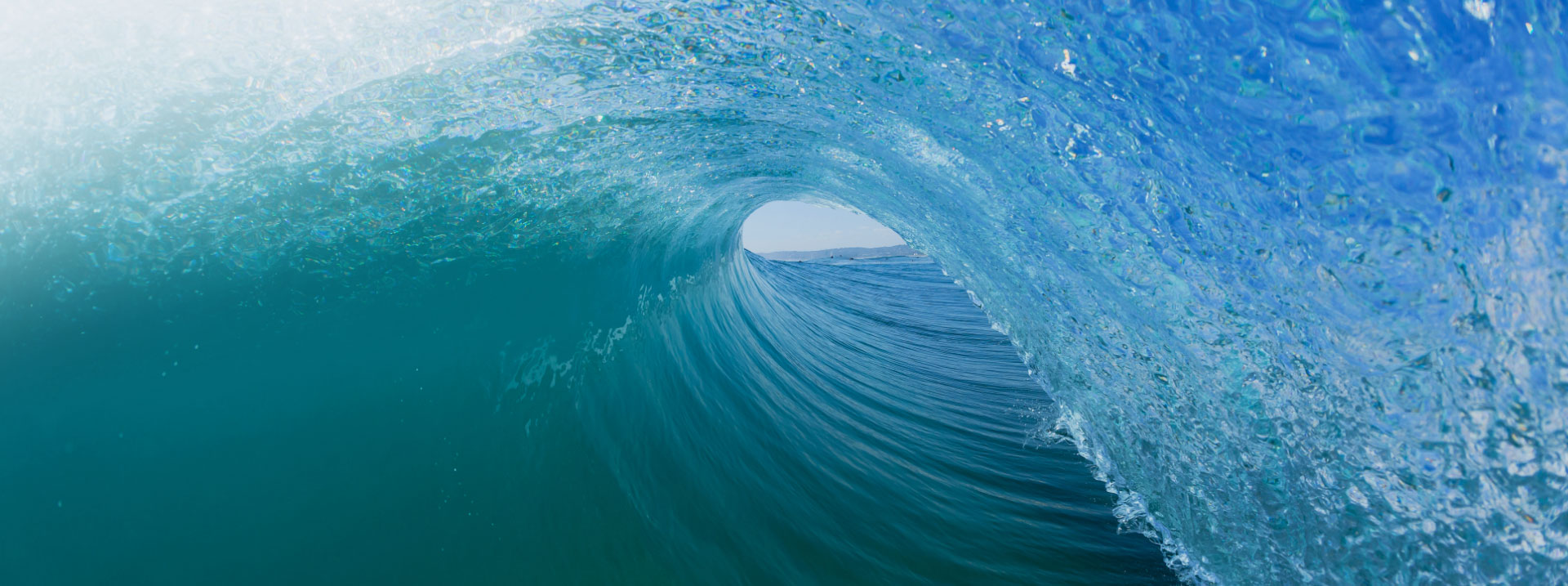
A roadmap to address ocean pollution
Ocean pollution threatens ecosystems, human health, and economies, yet our understanding of its impact is surprisingly limited. Pollution interacts with climate change and nature loss to form a ‘triple planetary crisis’.
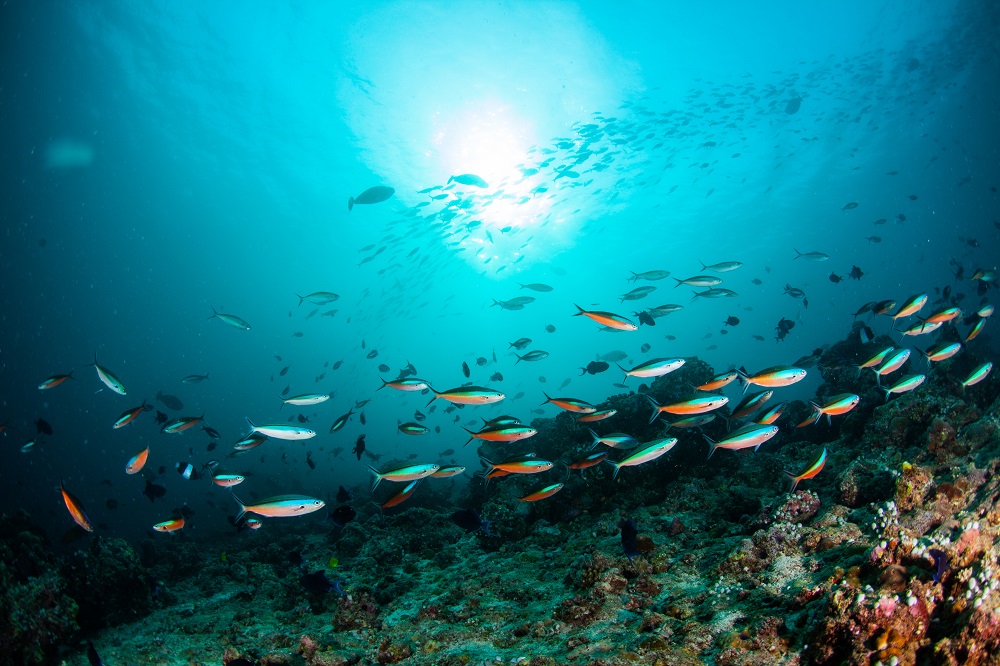
Investing in a Pollution Free Ocean
The ocean plays a vital role in Earth’s life support system, and its natural assets are indispensable to industries both on land and at sea. A growing cohort of businesses and investors appreciate that their commercial resilience is closely tied to natural capital.
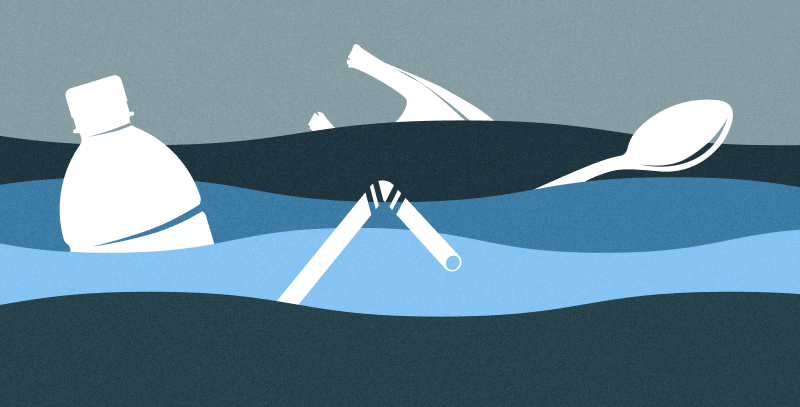
Peak plastics: bending the consumption curve
Only bold and sweeping reforms will bend the plastic consumption curve. Achieving a reduction in plastic pollution will require all stakeholders–from the petrochemical companies to the consumers–to control the crisis. A piecemeal approach won’t work.
More Content

The quest to quantify how ocean pollution impacts nature
A global movement encouraging businesses and financial institutions to consider their impacts on nature is gathering momentum, and the Taskforce on Nature-Related Financial Disclosures (TNFD) has emerged as the leading framework for organisations to assess and disclose their nature-related financial risks and opportunities.
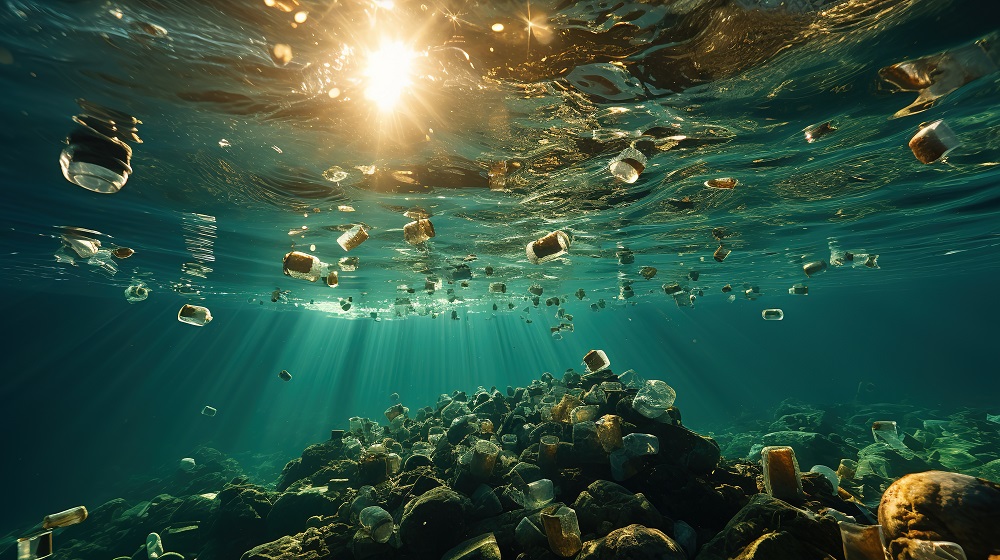
Closing the marine pollution data gap: The Global Estuaries Monitoring Programme
A zero-pollution ocean will only be possible if policymakers, business leaders and investors have access to sufficient evidence to evaluate the scope, scale and impact of marine pollution and use this to take action.
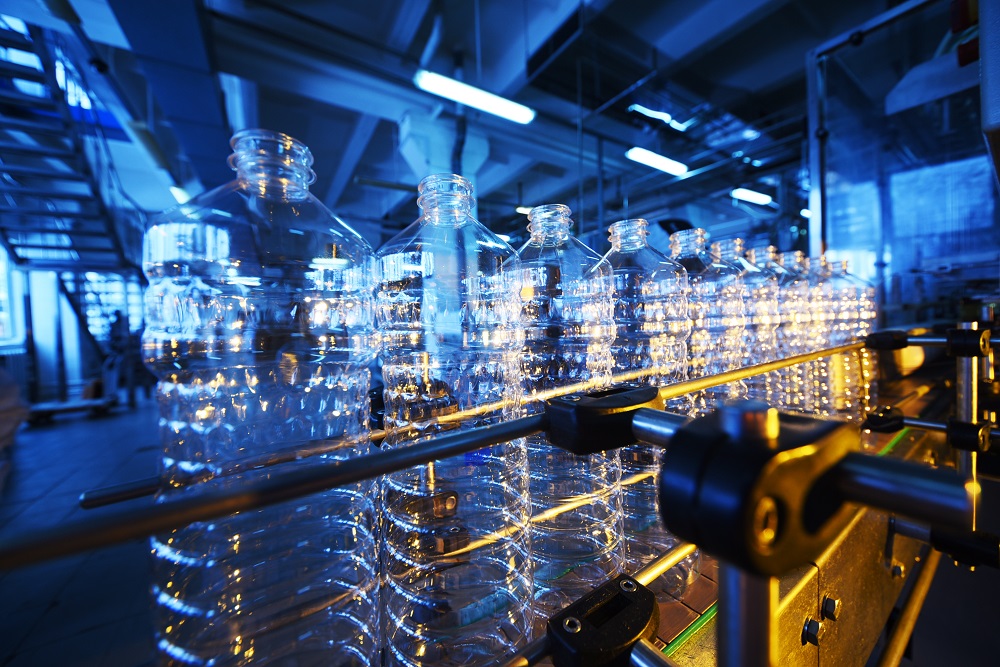
A long and winding road: chemicals and the plastics value chain
Plastic treaty negotiators must carefully examine the role of chemicals in the transition to a circular plastics economy.

Agriculture chemical pollution: Back to Blue industry deep dive
At a time when the world’s population is growing and demand for food increasing, agricultural practices are taking a heavy toll on marine environments.
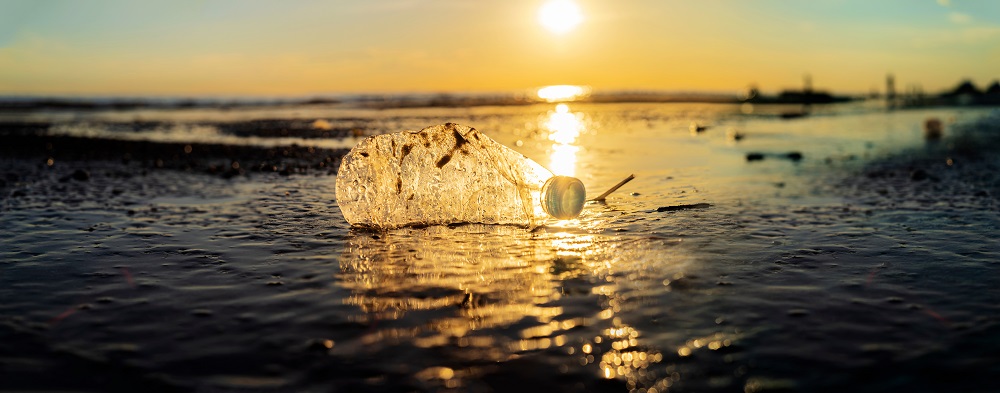
Construction’s ocean pollution footprint
Plastic waste such as straws, bags and bottles are the most visible culprits of ocean pollution. Less understood and monitored are the chemicals that seep into marine ecosystems, and the industrial activities they come from.

Slowing the chemical tide: safeguarding human and ocean health amid chemical pollution.
In the 1950s, plastics and their requisite chemicals were hailed as miraculous emblems of progress for their role in modernising everyday life. However, we have gradually begun to recognise the consequences of ubiquitous chemical exposures on human health and the ecosystems we depend upon.
WORLD OCEAN INITIATIVE
Economist Impact’s World Ocean Initiative imagines an ocean in robust health, and with a vital economy. Year-round and at our flagship World Ocean Summit, we foster a global conversation on the greatest challenges facing the seas, inspiring bold thinking, new partnerships and the most effective action to build a sustainable ocean economy.

THE SUSTAINABILITY PROJECT
With less than ten years to achieve the 2030 Sustainable Development Goals, there is a renewed urgency to examine global systems and balance human aspirations with the planet’s ability to sustain them. This is why Economist Impact has launched The Sustainability Project, a content platform and community hub combining insights, innovation and influence. Our aim is to convene and engage global stakeholders who have the power to bring real change.

WE WOULD LOVE TO HEAR FROM YOU
We welcome your feedback and comments.
If you have an editorial or media related request, a member of the media team will get back to you.
Back to Blue is an initiative of Economist Impact and The Nippon Foundation
Back to Blue explores evidence-based approaches and solutions to the pressing issues faced by the ocean, to restoring ocean health and promoting sustainability. Sign up to our monthly Back to Blue newsletter to keep updated with the latest news, research and events from Back to Blue and Economist Impact.
The Economist Group is a global organisation and operates a strict privacy policy around the world.
Please see our privacy policy here.
THANK YOU
Thank you for your interest in Back to Blue, please feel free to explore our content.
CONTACT THE BACK TO BLUE TEAM
If you would like to co-design the Back to Blue roadmap or have feedback on content, events, editorial or media-related feedback, please fill out the form below. Thank you.
The Economist Group is a global organisation and operates a strict privacy policy around the world.
Please see our privacy policy here.




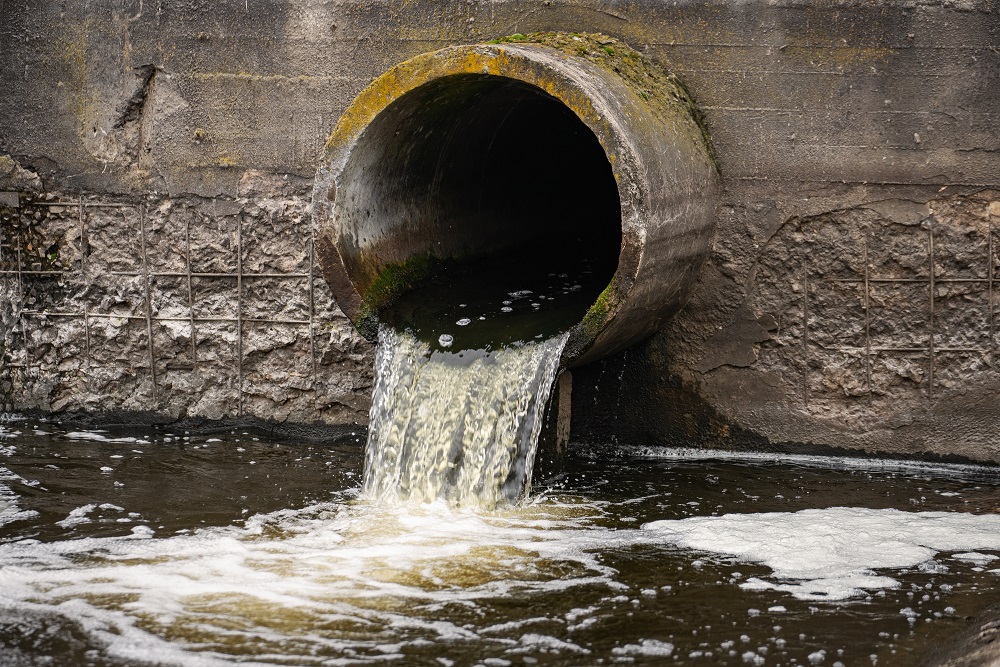 The scourge of untreated wastewater
The scourge of untreated wastewater Hazardous chemicals in plastics - the discussions at INC
Hazardous chemicals in plastics - the discussions at INC
